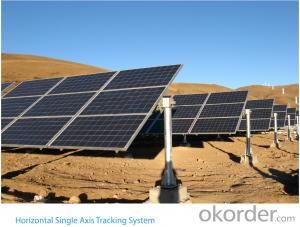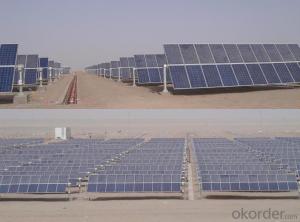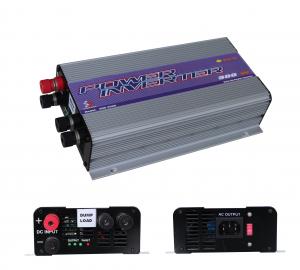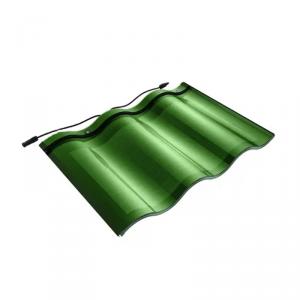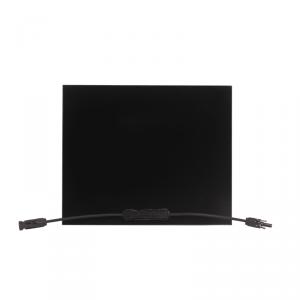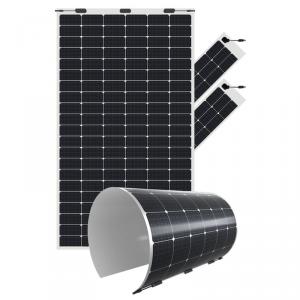Trace Solar Inverter
Trace Solar Inverter Related Searches
Inspire Solar Inverter Tracer Mppt Solar Controller Solace Solar Inverter Solar Tracker Module Solar Charge Inverter Solar City Inverter Pro Solar Inverter Solar Pro Inverter Inverter With Solar Charger Install Solar Inverter Sunshine Solar Inverter Solar Tracking Module Portable Solar Inverter Inverter Solar Solar Charger With Inverter Solar Solar Inverter Smart Solar Inverter Inverter For Solar Buy Solar Inverter On Grid Solar Inverter Grid Tie Solar Inverter Solar Energy Inverter Inverter With Solar Input Solar Smart Inverter Tesla Solar Inverter Solar Grid Inverter Grid Tie Inverter Solar Plug In Solar Inverter Trina Solar Inverter Solaredge Solar InverterTrace Solar Inverter Supplier & Manufacturer from China
Trace Solar Inverter is a high-quality product designed to optimize the performance of solar energy systems by converting the energy generated by solar panels into usable electricity. These inverters are engineered to handle various power requirements, making them suitable for residential, commercial, and industrial applications. They are known for their efficiency, reliability, and advanced features that ensure maximum energy output from solar installations.The Trace Solar Inverter is widely used in a variety of settings where solar energy is harnessed to power homes, businesses, and even large-scale industrial operations. These inverters are essential components in solar power systems, as they manage the conversion of direct current (DC) generated by solar panels into alternating current (AC) that can be used by electrical appliances and devices. They also play a crucial role in monitoring and maintaining the overall performance of the solar system, ensuring that it operates at peak efficiency and provides the maximum possible energy yield.
Okorder.com is a leading wholesale supplier of Trace Solar Inverters, offering a vast inventory of these products to cater to the needs of various customers. With a strong commitment to quality and customer satisfaction, Okorder.com ensures that the Trace Solar Inverters they provide are of the highest standards, meeting the specific requirements of different solar energy systems. Their extensive inventory allows customers to find the right inverter for their unique needs, whether they are looking for a small-scale residential solution or a large-scale commercial application.
Hot Products


